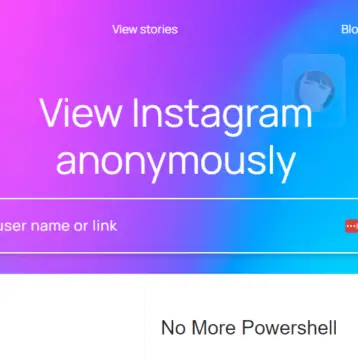|
Associate Professor of Information Sciences and Technology Jim Jansen and several colleagues, including Dr. Amanda Spink of Queensland University of Technology in Australia, identified ten factors that might affect click-through rates. Search logs containing over 7 million records were split into individual users (identified by IP address and cookies) whose input terms and output results were organized into neural network models. Such models were chosen because of their ability to accurately capture the relationship between system input and output values.
The results of this effort showed five of the ten factors having a positive effect on click through rate, four having a negative effect, and one with no significant effect either way. While the released information indicates the factors in each category, it doesn’t supply much context or indication of the numerical differences seen based on each factor. The five factors that improved click through rates are the number of records in a search, the sum of the listing ranks, the mean query length, the user’s browser type, and the amount of time users spent performing their searches. In general, longer queries and longer session times resulted in higher click through rates. In addition, researchers found that Internet Explorer users tend to click through more often.
The four factors that negatively impacted click through rates are the number of organic links clicked, the rate of vertical type, the time of the first query, and the log in time. No context is given for these factors. Interestingly, user intent – whether the user was looking to navigate somewhere specific, looking to make a transaction, or searching for information – had no effect on click through rates.
Jansen and his colleagues hope to expand their study to include other popular search engines including Google and Yahoo. “In some sense, this study is a first step in using neural networks in the analysis of user-system interactions for Web search data,” Jansen said. “This research explores the online behaviors of users so that commercial search engine companies can utilize the data to improve click-through rates by designing more efficient retrieval and ranking algorithms.”
TFOT has previously reported on other research into search behavior and new search technology including a human-powered search engine that relies on guides who sift through and remove bad results returned by automated searches, a handheld device that captures images of text and then imports the stored words into search engines and other software for translation or information lookup, the addition of the ability to search text stored within Flash applications, and a study showing that search engine activity helps keep the brain healthy and active.
Read more about user search engine click through behaviors in this Penn State news story or in Dr. Jensen’s article in the International Journal of Internet Marketing and Advertisement.
Image icon credit: Hagmann P. , Cammoun L. , Gigandet X. , Meuli R. , Honey CJ. , et al.








